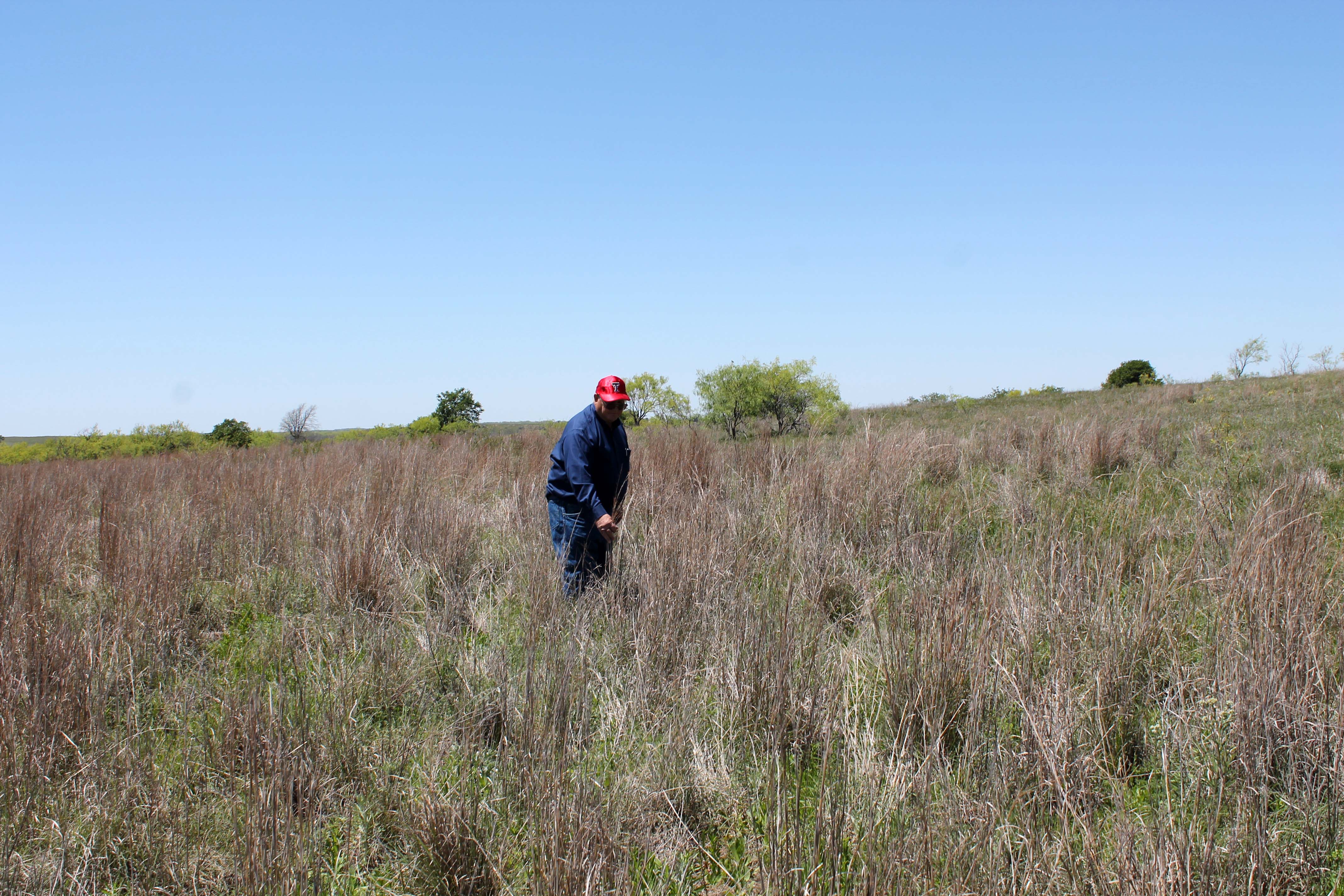Farm & Ranch
Stocking Rate: Should I be that concerned? Volume 1

By contributing writer Tony Dean
There are a lot of factors in the ranching business you can’t control, like the weather. But of all the decisions you can control, stocking rate is one of the most critical. The decision of how many acres to allow for each grazing animal affects almost every aspect of the business, both long term and short term. For many producers, stocking rate is a very difficult subject to discuss and do something about. But it’s an important decision because your grass is the foundation of your ranching business. So yes, you should be concerned.
What is the reasoning behind a correct or incorrect stocking rate?
The basic concept of a correct stocking rate has to do with how grasses grow. Most of our grazing on Texas rangelands is from summer perennial grasses. The leaves produced each summer by these grasses, such as Sideoats grama, are the “food factory” that keeps the grass alive and healthy. The leaves must not only produce energy for summer growth, but also for seed production, root development, and storage of energy in the root and crown of the plant. A correct stocking rate will allow a level of grazing that will leave enough of the leaves on the grasses so the plants can maintain themselves.
An incorrect stocking rate, or one that is too heavy or not managed correctly, can result in excessive grazing use on rangeland plants to the point that the plants cannot maintain themselves. To read more pick up the May 2014 issue of North Texas Farm & Ranch.
Farm & Ranch
Hazards of Backyard Poultry

By Barry Whitworth, DVM
Having backyard poultry is a popular agriculture enterprise. According to the United States Department of Agriculture, 0.8 percent of all households in the United States have chickens. People keep chickens for a variety of reasons with table eggs being one of the more common reasons.
Unfortunately, some of these poultry producers are not aware of the hazards that come with keeping poultry because many times they carry pathogens but appear healthy.
Chickens are carriers of several zoonotic diseases. These are diseases that can be passed from animals to humans. According to a recent survey in Pennsylvania, a majority of backyard poultry producers were aware of the dangers of avian influenza. However, this study also revealed that far fewer producers were aware of the risk of possible exposure to Salmonella and Campylobacter.
The lack of knowledge about the hazards of raising poultry likely contributes to the continued issues of Salmonella outbreaks associated with backyard poultry. In 2023, the Centers for Disease Control and Prevention reported 1,072 illnesses of Salmonella linked to backyard poultry, and 272 of those patients required hospitalization. Oklahoma reported 43 individuals with the disease.
To read more, pick up a copy of the April issue of NTFR magazine. To subscribe by mail, call 940-872-5922.
Farm & Ranch
Ag Elsewhere: Wyoming

By Tressa Lawrence
Babies are tucked away in every nook and cranny. Many ranchers across Wyoming have baby animals popping up all over this time of year.
Farm & Ranch
Ag Elsewhere: Montana

By Lindsey Monk
Another load of grain in to keep feeding the calves until the green grass can really start popping.
-

 Country Lifestyles1 year ago
Country Lifestyles1 year agoScott & Stacey Schumacher: A Growth Mindset
-

 Equine7 months ago
Equine7 months agoThe Will to Win
-

 Country Lifestyles7 years ago
Country Lifestyles7 years agoStyle Your Profile – What your style cowboy hat says about you and new trends in 2017
-

 Country Lifestyles4 years ago
Country Lifestyles4 years agoAmber Crawford, Breakaway Roper
-

 HOME7 years ago
HOME7 years agoGrazing North Texas – Wilman Lovegrass
-

 Country Lifestyles7 years ago
Country Lifestyles7 years agoDecember 2016 Profile, Rusty Riddle – The Riddle Way
-

 Country Lifestyles8 years ago
Country Lifestyles8 years agoJune 2016 Profile – The man behind the mic: Bob Tallman
-

 Outdoor9 years ago
Outdoor9 years agoButtercup or Primrose?






